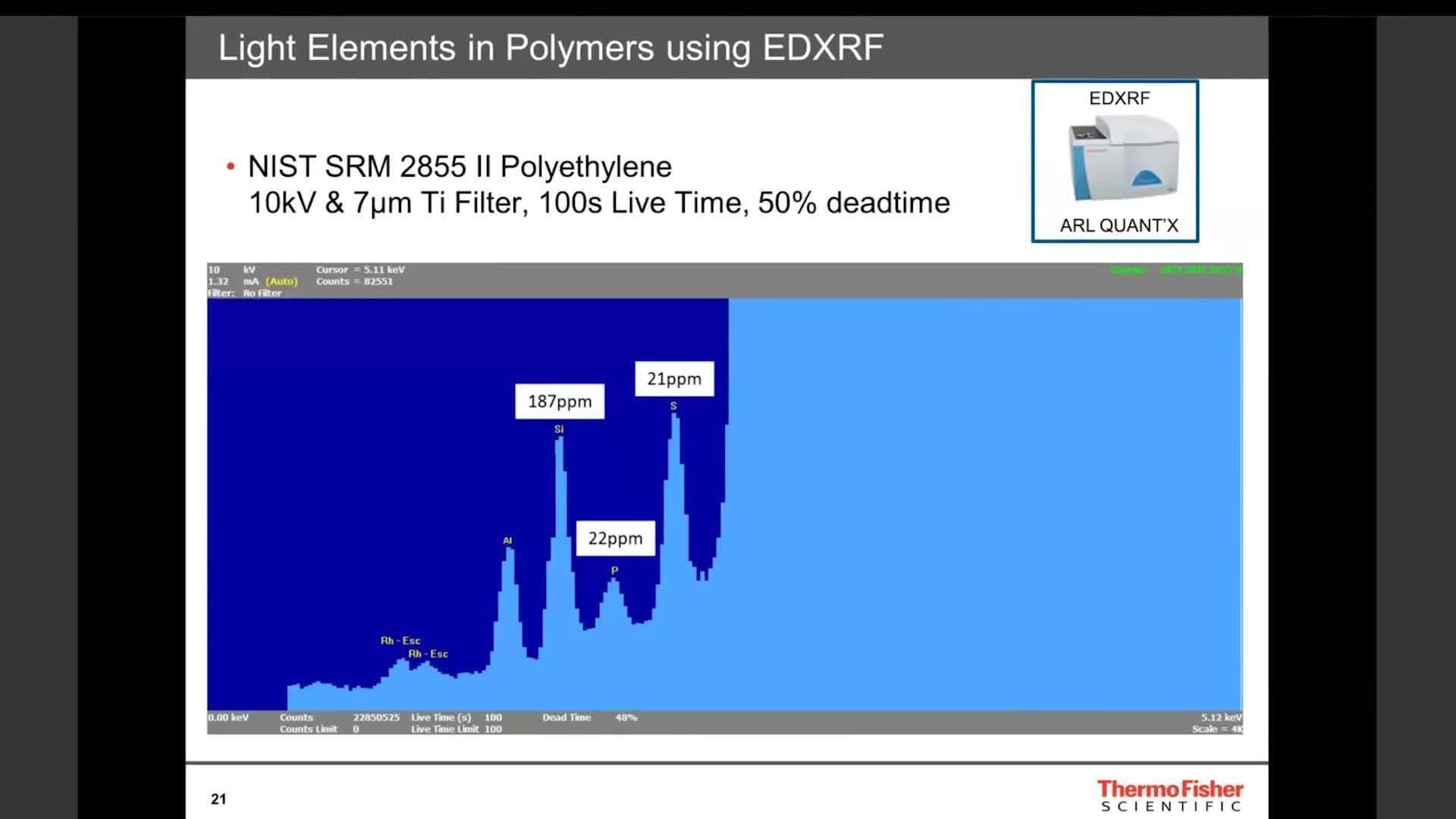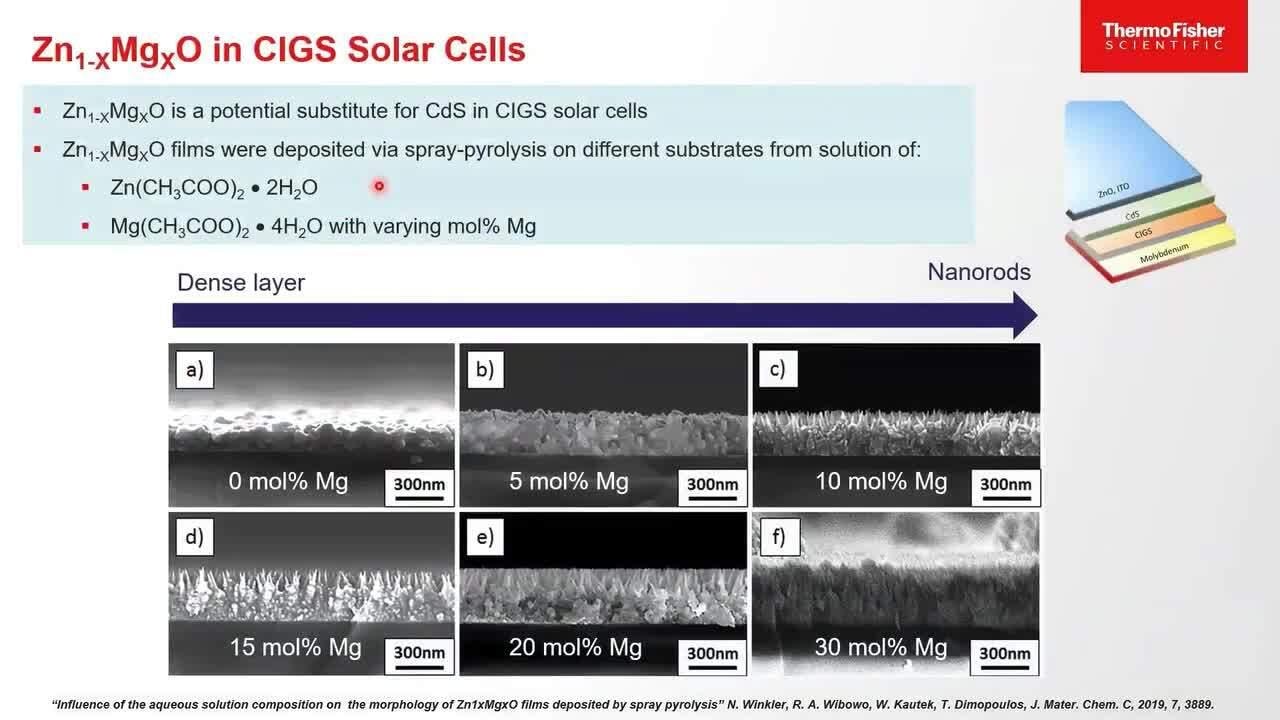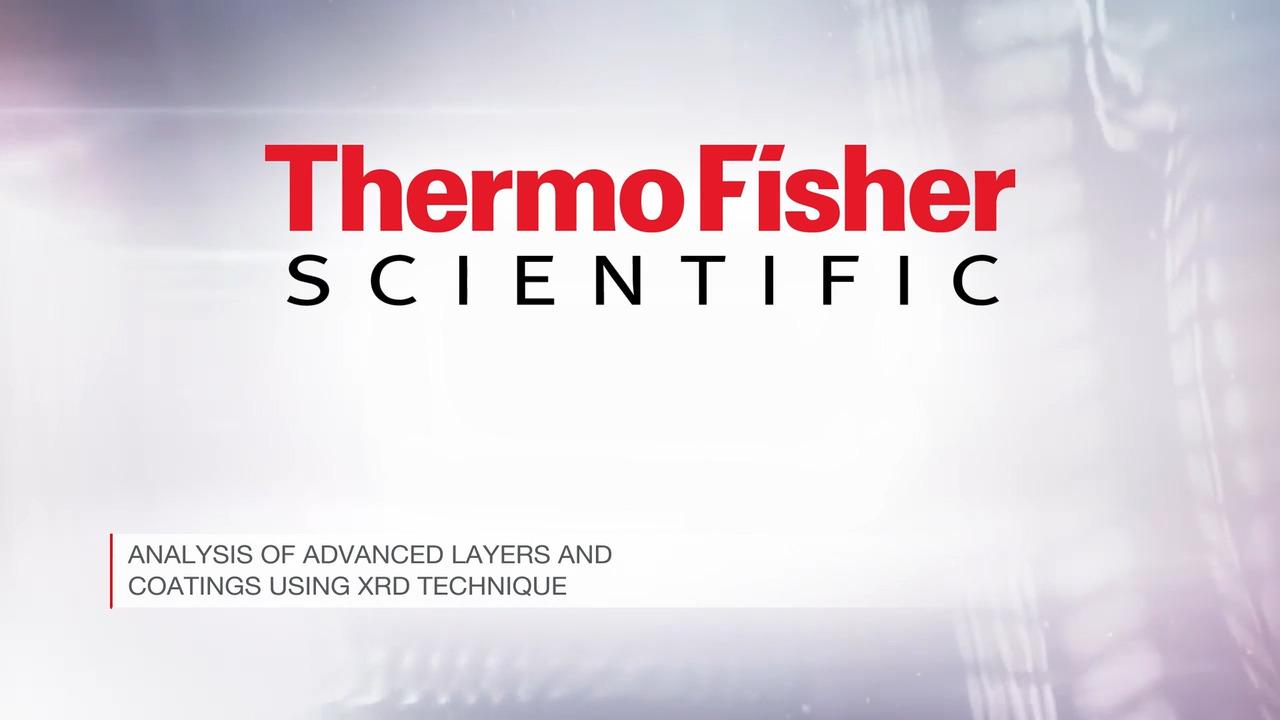Search Thermo Fisher Scientific
A widely used technique across industries and academic laboratories
As researchers work to optimize the structure of their materials for different applications, X-ray diffraction (XRD) offers important information for these analyses. Thanks to our Thermo Scientific ARL X-ray benchtop Diffractometer, we can offer solutions for a wide range of industries for measuring samples under different environments, for studying high and low temperature phase transitions, and for defining thin-film characteristics and other properties.
For videos, brochures, and other useful information to help you expand your knowledge, check out the Thermo Fisher Scientific XRD Academy.

Geology X-ray diffraction
Mining and exploration are central to practically every modern industry worldwide—fueling innovation in everything from pharmaceuticals to semiconductors. X-ray diffraction can help scientists understand the value of their mineralogical samples by determining their mineralogy and phase composition. XRD can also help to identify and quantify toxic or undesirable elements or compounds that can adversely affect the final product or the environment.

Geology X-ray diffraction
Watch our video
X-ray diffraction methods of polymers, catalysts, and chemicals
XRD has become an integral part of the quality control and assurance process for delivering safe and compliant polymeric materials tailored for specific end-user requirements. Using XRD, scientists can obtain vital structural information such as polymorphism and crystallinity that may be indicative of undesirable properties. This, in turn, can help to determine the safety and quality of final products.

X-ray diffraction of polymers, catalysts, and chemicals
Watch our video and webinars
XRD in the pharmaceutical industry
Pharmaceutical manufacturers must be able to guarantee the safety and efficacy of their formulations through pervasive structural analysis at multiple points in the research and development cycle. XRD is the tried-and-tested solution for helping pharmaceutical researchers ensure the quality control of their crystalline samples—guaranteeing precision in crystallinity screening, percentage crystallinity, and the efficacy of solid dosage forms (polymorphism). When using an ARL EQUINOX 100 XRD instrument in combination with Thermo Scientific SolstiX XRD Software with Security Suite, pharmaceutical researchers and manufacturers can meet FDA regulations while obtaining accurate XRD information.

XRD in the pharmaceutical industry
Watch our video
X-ray diffraction of glass and ceramics
Glass and ceramics are challenging materials to analyze due to their uniquely variable compositions and material structures. To help them screen incoming materials, engineers routinely use XRD instrumentation to help them combine the right products with outstanding end-use properties.

X-ray diffraction of glass and ceramics
Battery XRD
XRD solutions can help researchers develop a new generation of renewables such as synthesized biofuels—while reducing the carbon emissions of existing energy sources. These instruments can also be used to analyze critical technologies such as lithium-ion batteries, solar cells, fuel cells, and other sources of energy storage and conduction.

Battery XRD
Steel XRD
As researchers work to create stronger, lighter, and more workable steel and other metals, XRD is an essential structural analysis technique. Using XRD, engineers can quickly obtain detailed phase and structural information of crystalline materials, enabling them to improve quality control and production analysis as they optimize steel for different applications.

Steel XRD
XRD of nanomaterials
Nanomaterials—or materials with at least one dimension measuring 100 nanometers or less—enhance the properties of everyday materials and can improve almost every facet of society, from medicine to textiles to the efficiency of energy and solar power. As scientists harness the unexpected properties of nanoparticles to unlock a vast range of applications, XRD is a powerful technique for thin and ultra-thin film analysis.

XRD of nanomaterials
Discover our webinar
Thin-film XRD analysis
XRD can determine the thickness, texture, and structure of coatings and thin film deposits on substrates with extreme accuracy. This technique is routinely used to identify the crystalline structure of thin-film depositions on everything from touch displays to solar panels—letting users optimize the parameters of the end product.

Thin-film XRD analysis
Watch our video
X-ray diffraction in education
The teaching of elemental and structural analysis of materials is a part of many university curriculums—and XRD is an essential part of this training. As instructors train students on XRD, they require flexible instruments that can handle a wide variety of samples. Thermo Scientific benchtop X-ray diffractometers meet this need by providing the intuitive features and software to help students quickly come up to speed.

X-ray diffraction in education
Discover our webinars
XRD analysis of cement
By allowing for the analysis of the phases or compounds in crystalline materials, XRD provides a versatile and nondestructive technique for cement producers working to improve product quality. Using XRD, cement producers can screen incoming raw materials, while ensuring the composition of blends needed to guarantee a suitable end product.

XRD analysis of cement
Additive manufacturing analysis
Increasingly, a wide range of manufacturers are turning to additive manufacturing as a fast and cost-effective way to build prototypes, customized products, small batches, and even products with complex designs. As more manufacturers embrace 3D printing, XRD offers an excellent way to examine the quality of powders used for these processes.

Additive manufacturing XRD analysis
XRD in forensic analysis
As forensic analysts investigate evidence of crime, XRD offers a nondestructive technique for analyzing everything from unlawful drugs and gunshot residues to textile fibers and blood stains.

XRD in forensic analysis
Watch our video
For Research Use Only. Not for use in diagnostic procedures.





